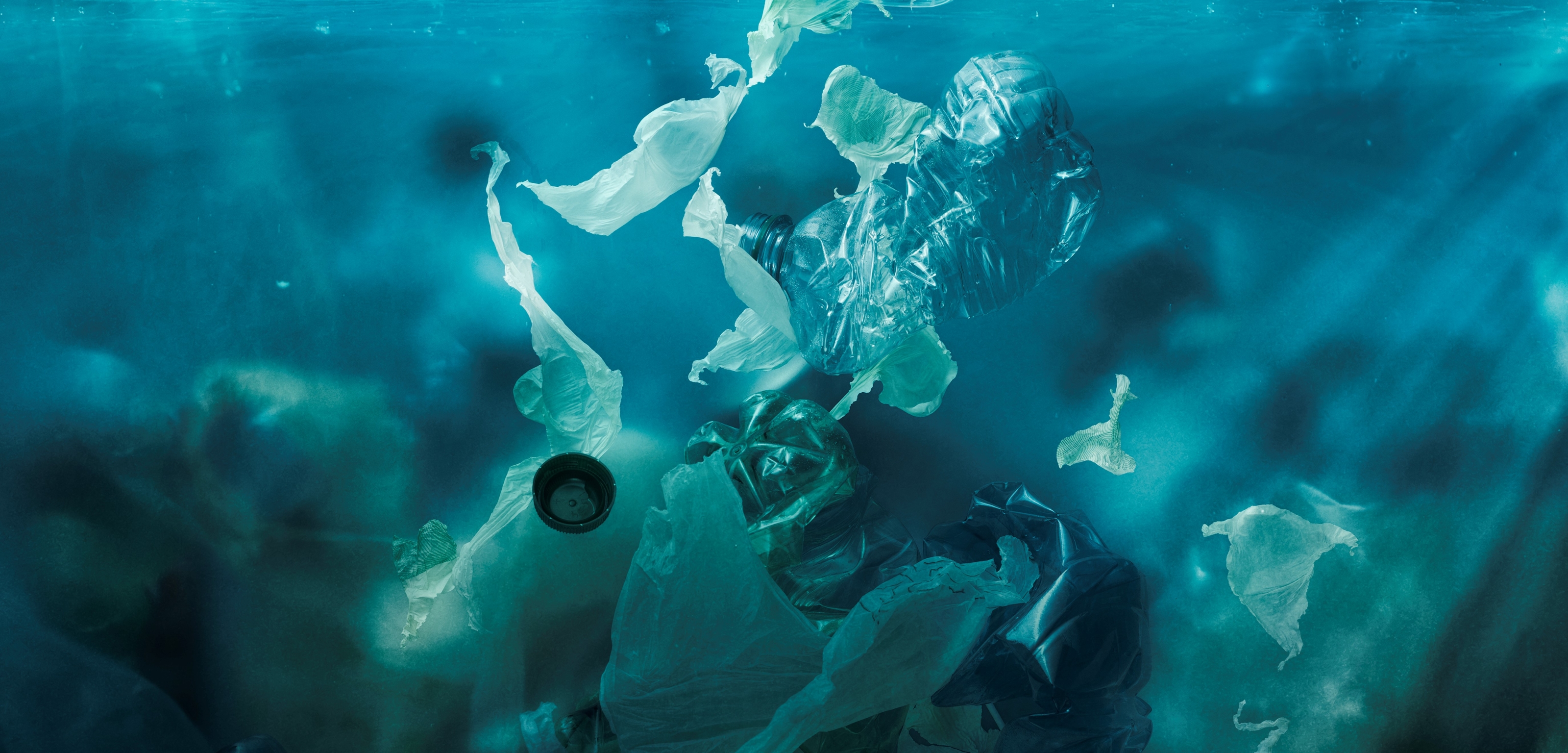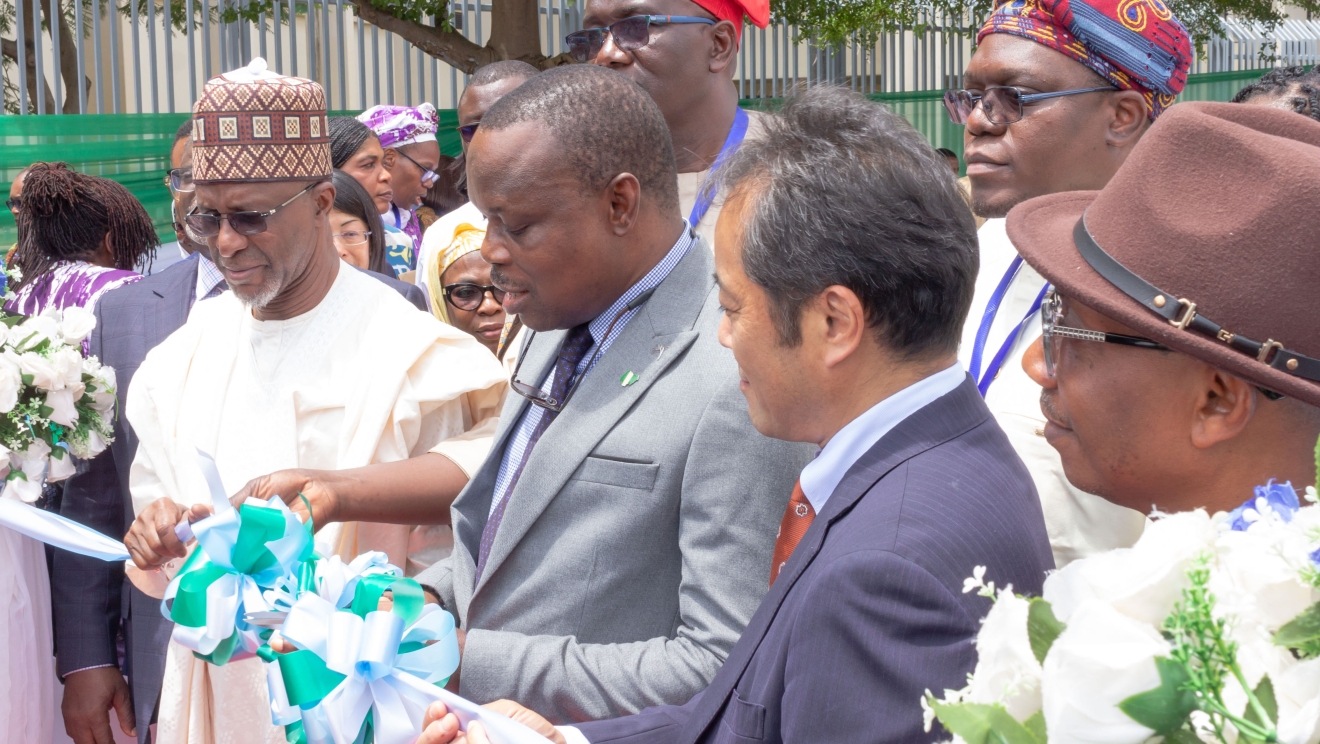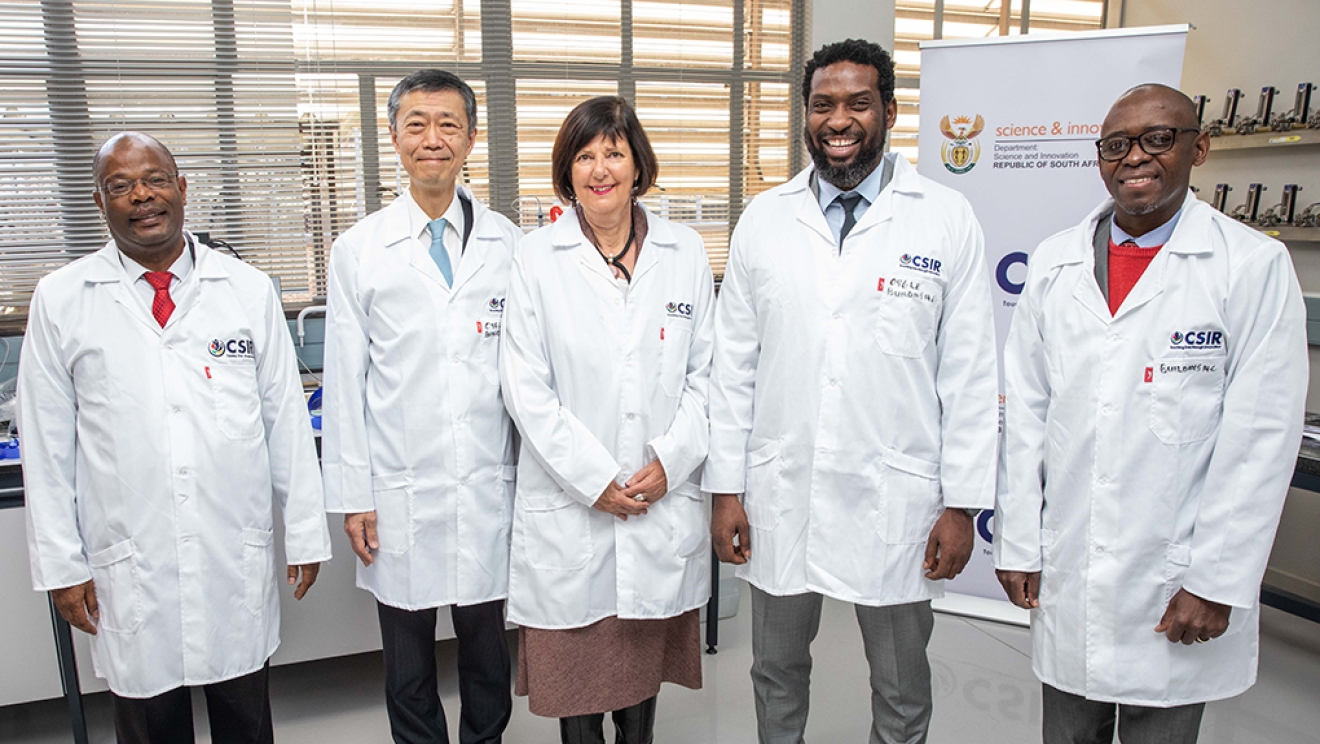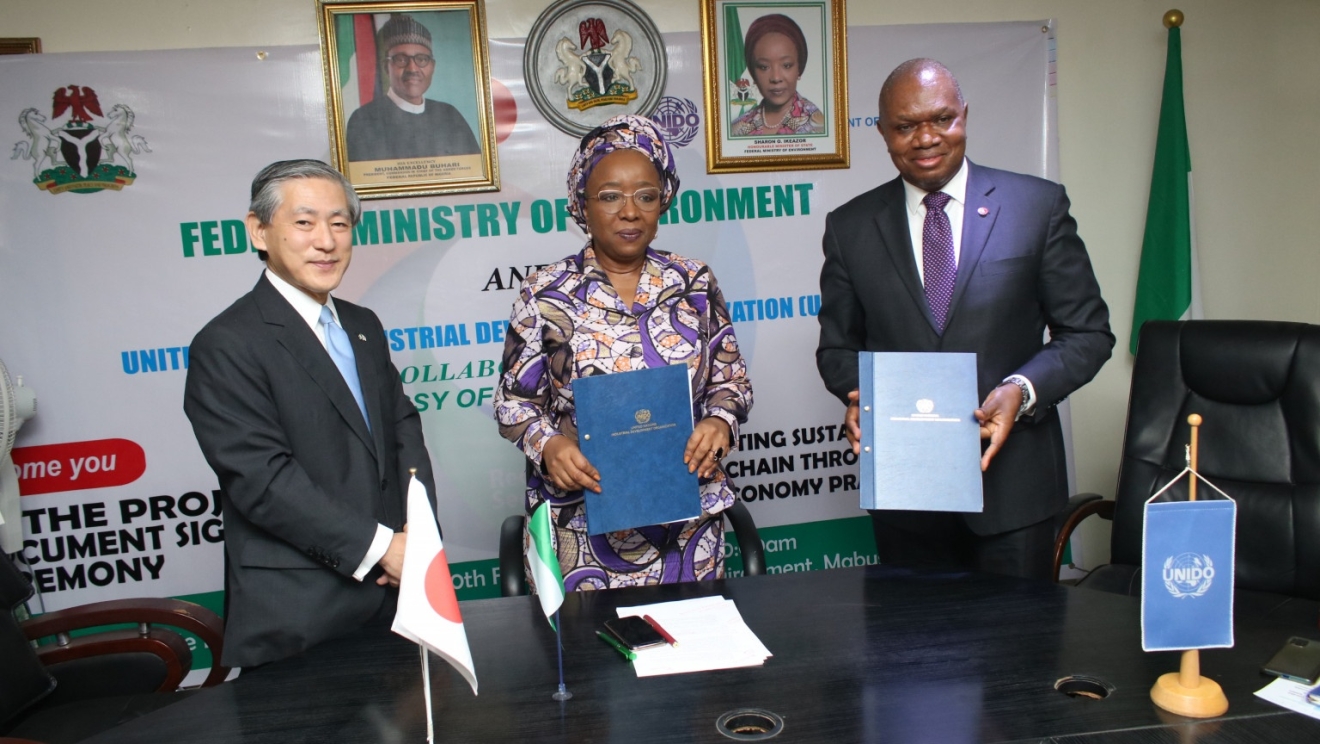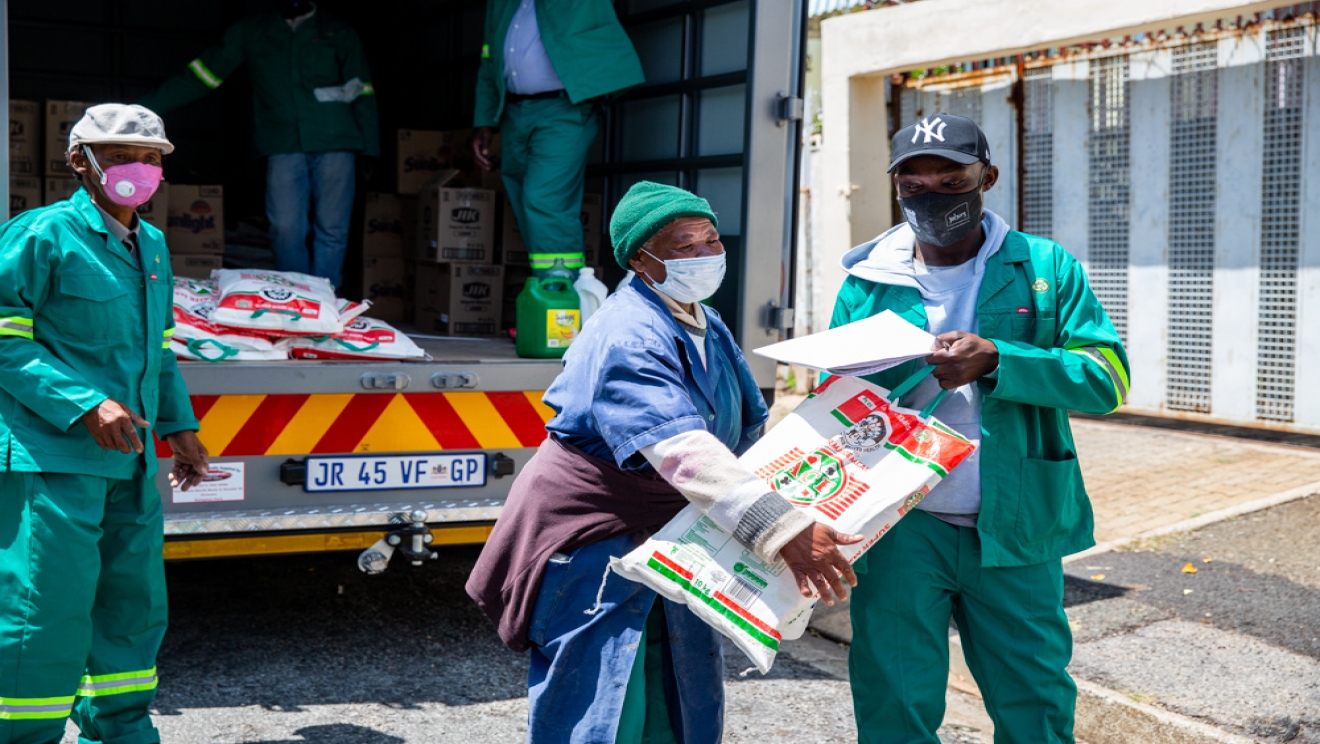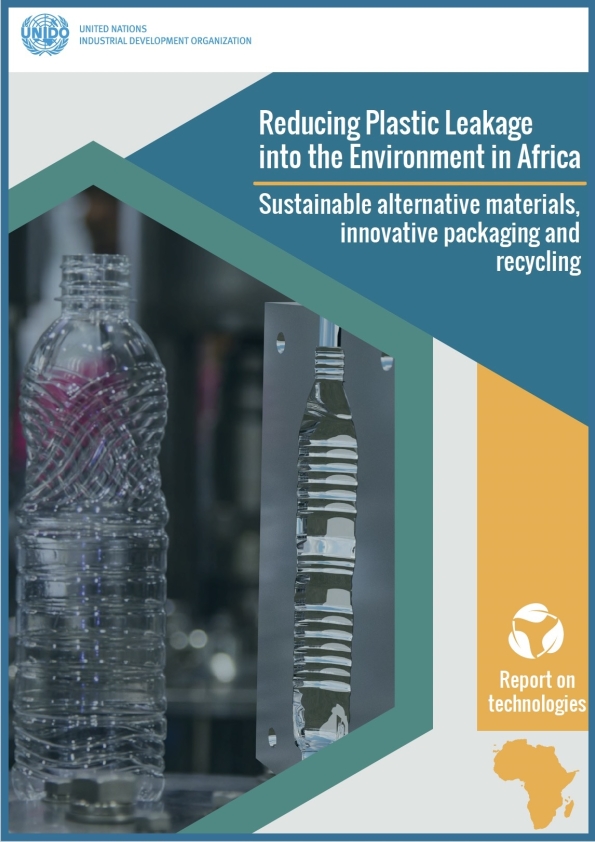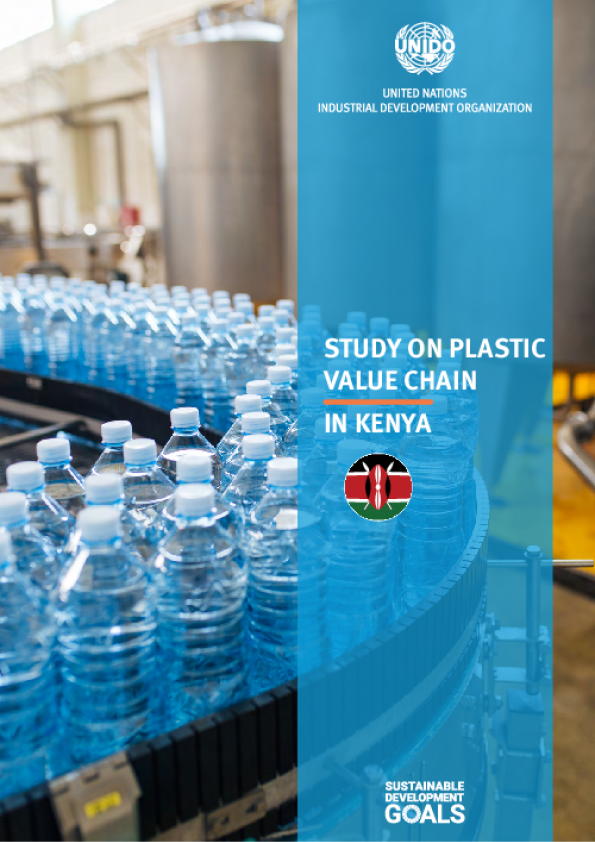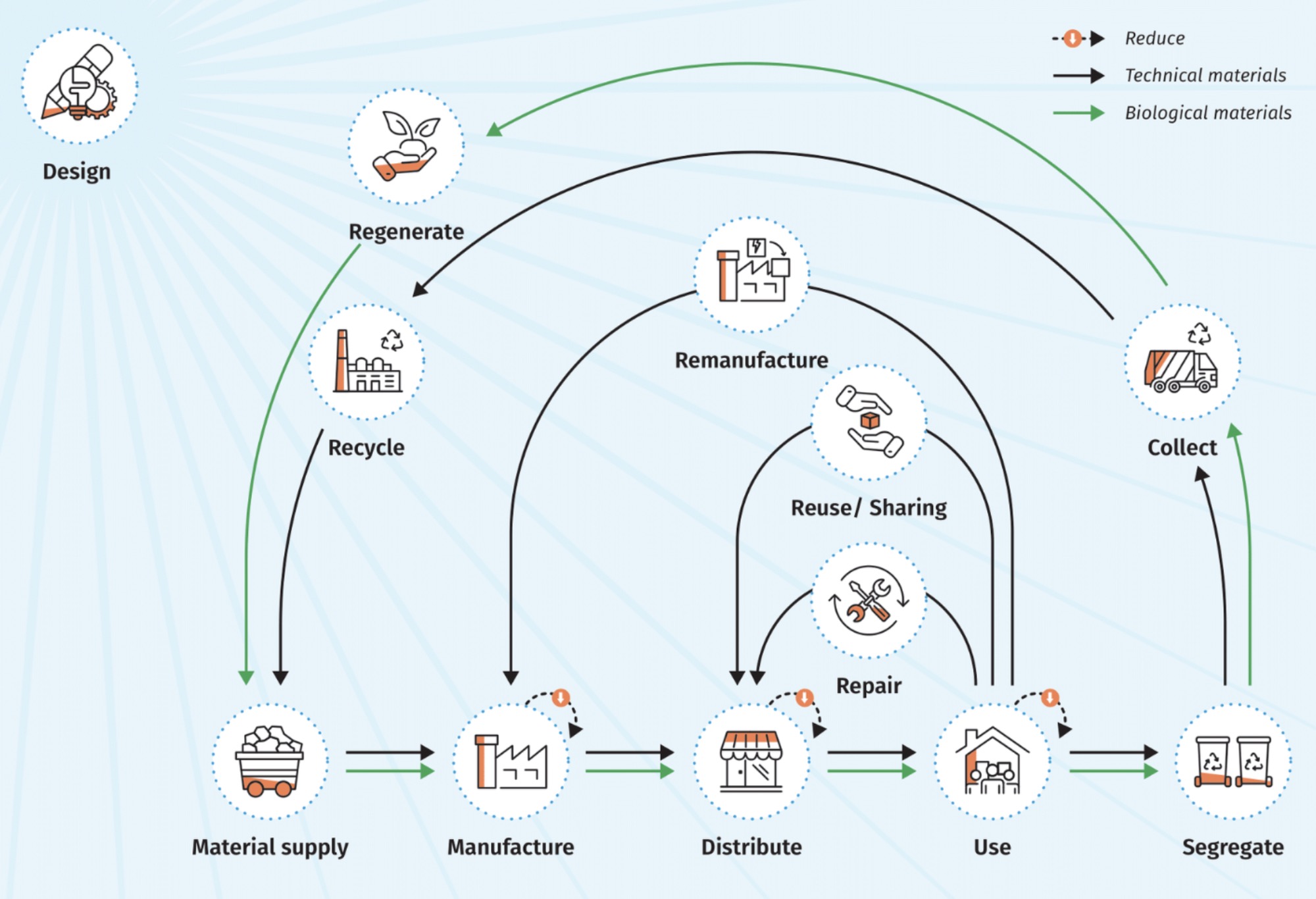
Addressing the challenge of Plastic Pollution with Circular Economy practices
Our approach
UNIDO supports its member state governments to address challenges of plastic pollution through promoting the adoption of circular economy and resource efficiency practices, business models and technologies.

Our news and stories
Our work
Our publications
